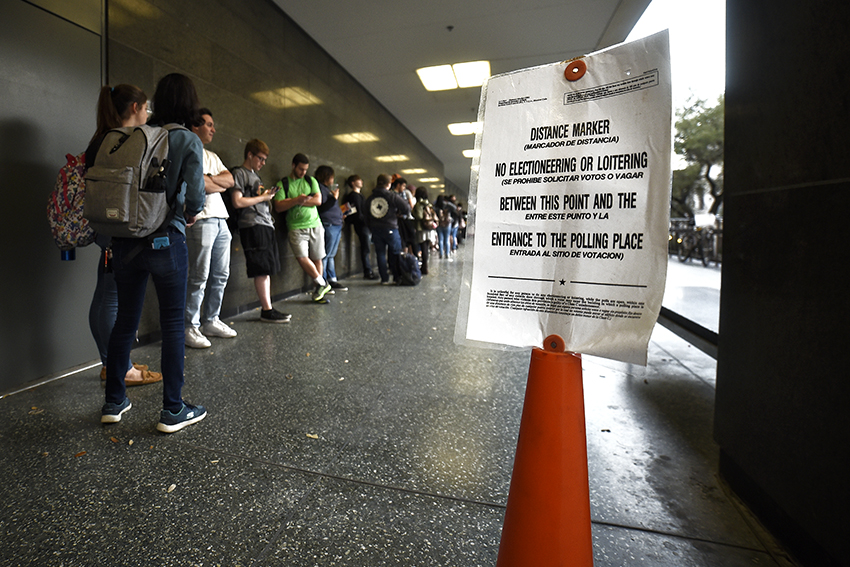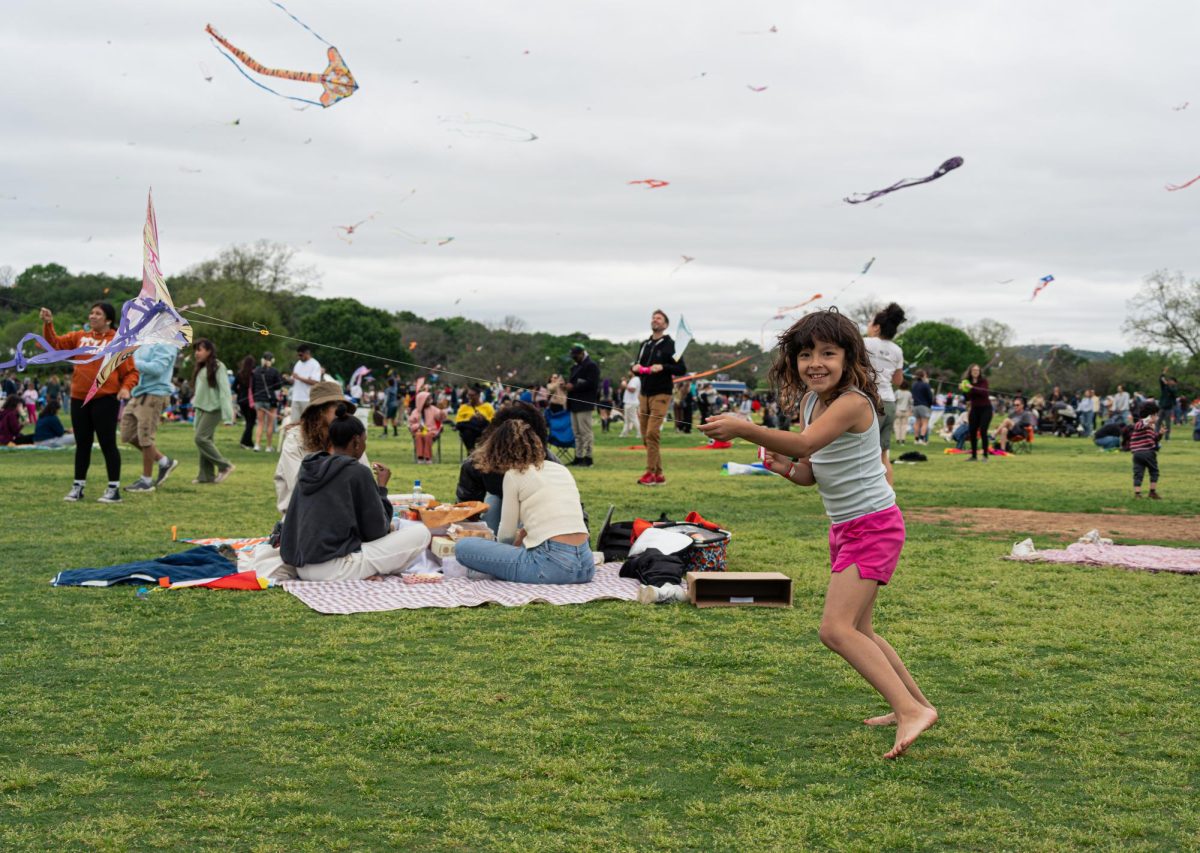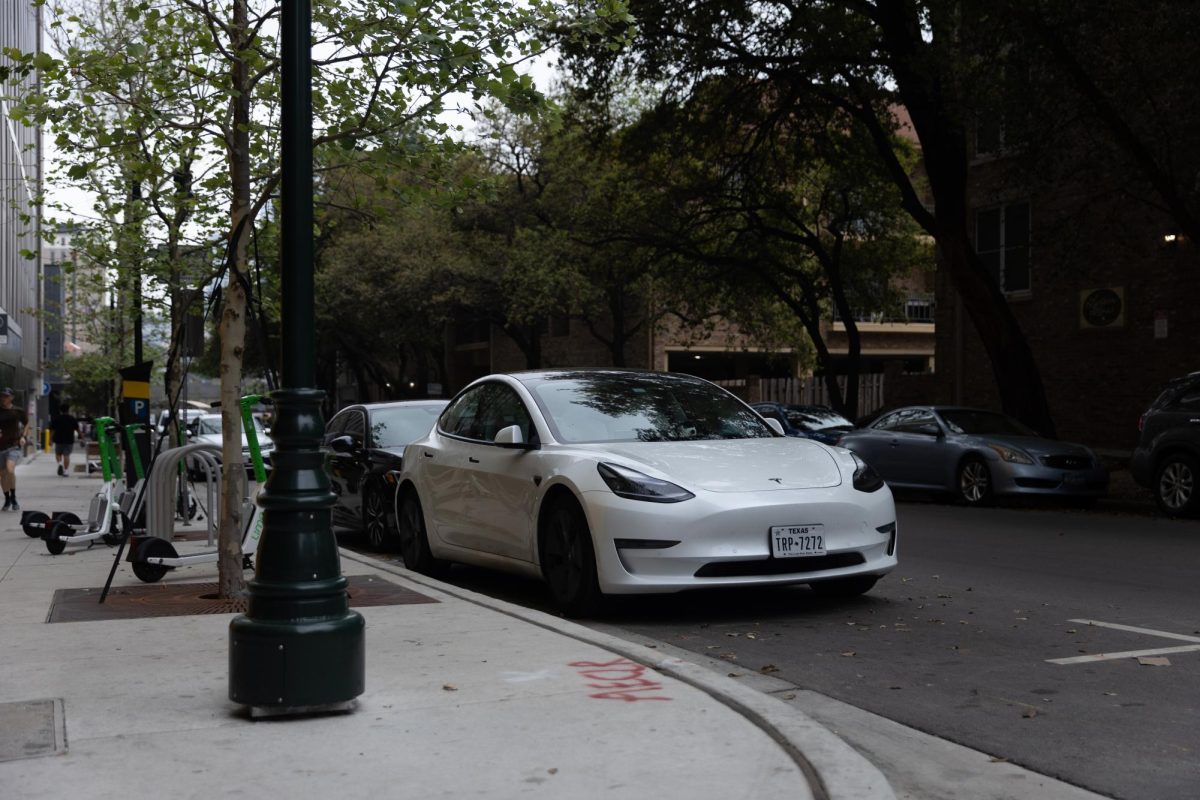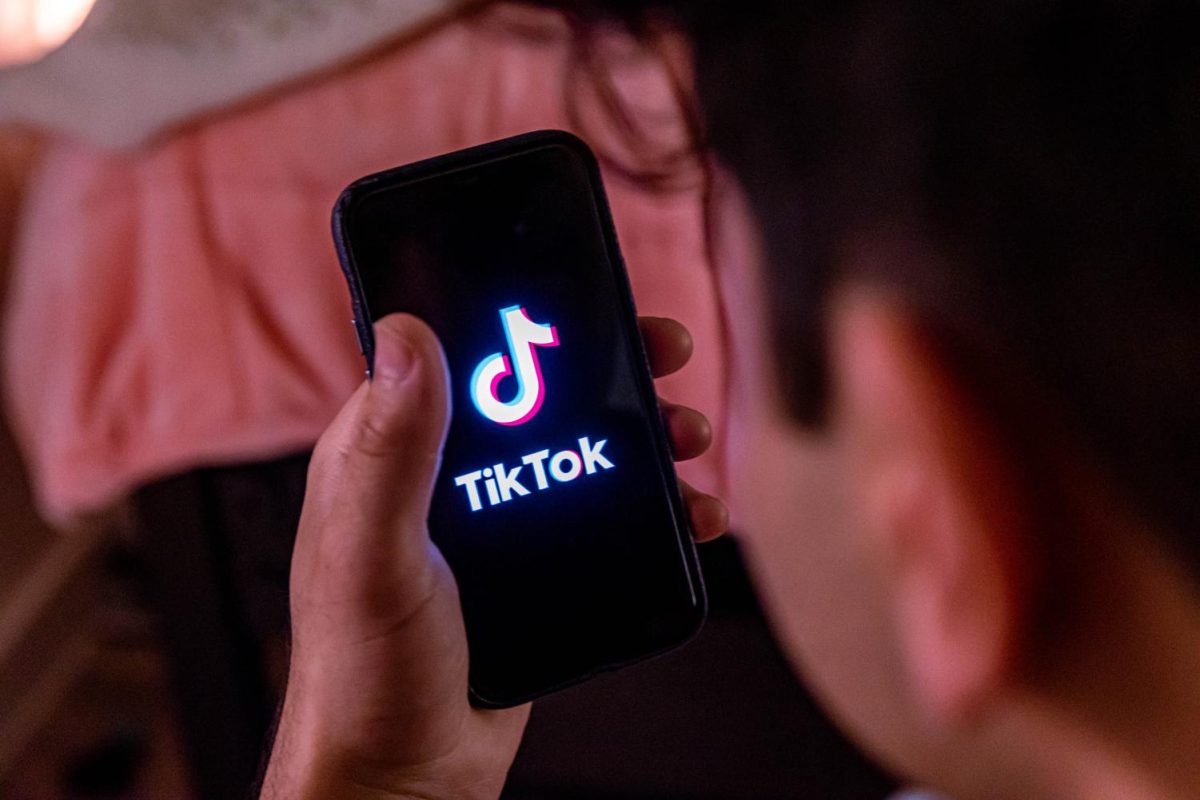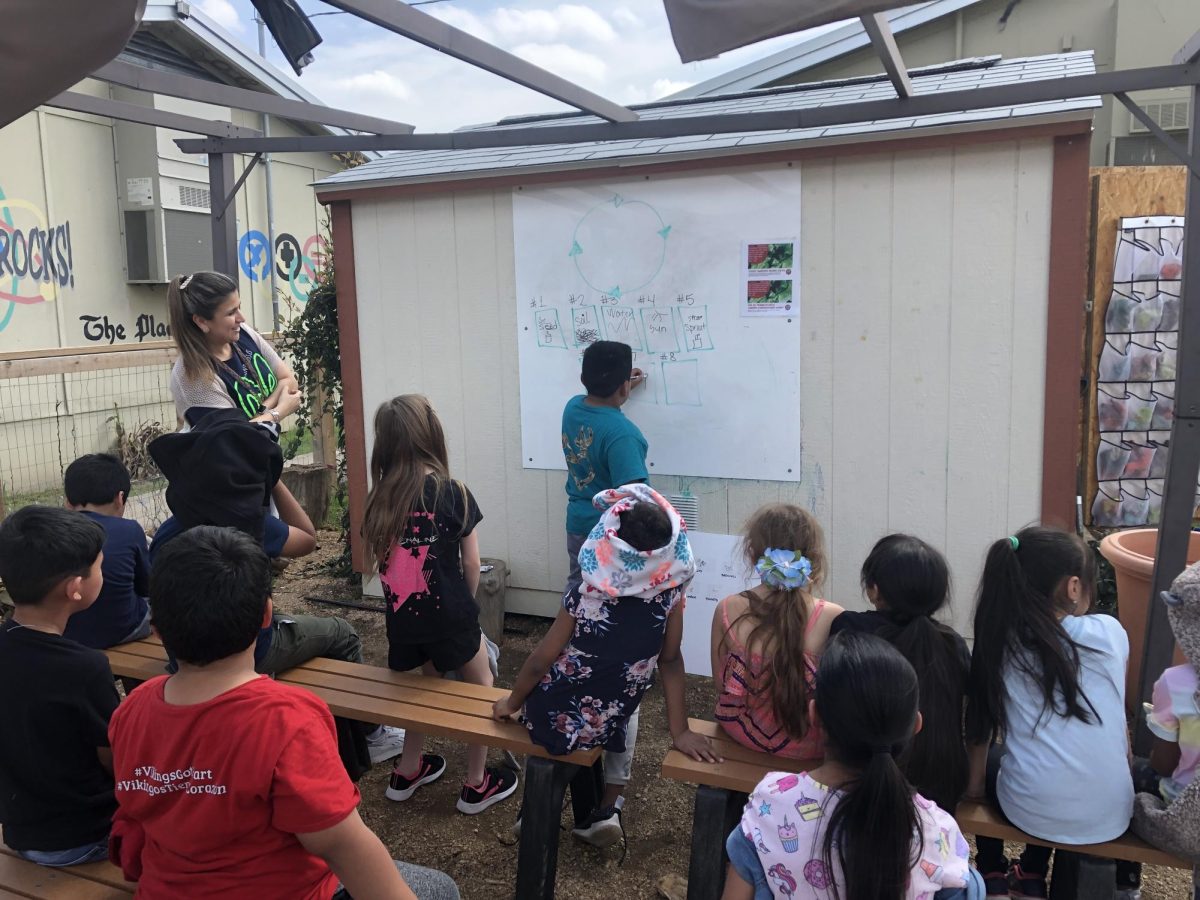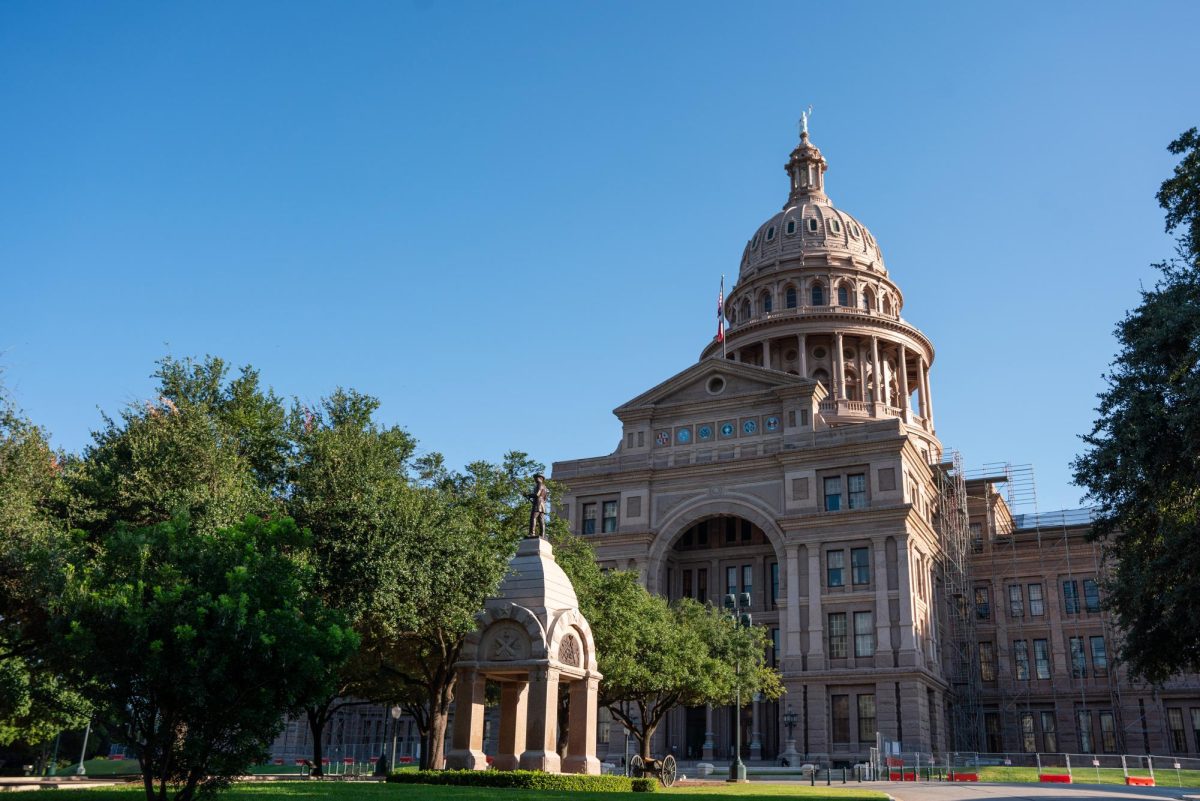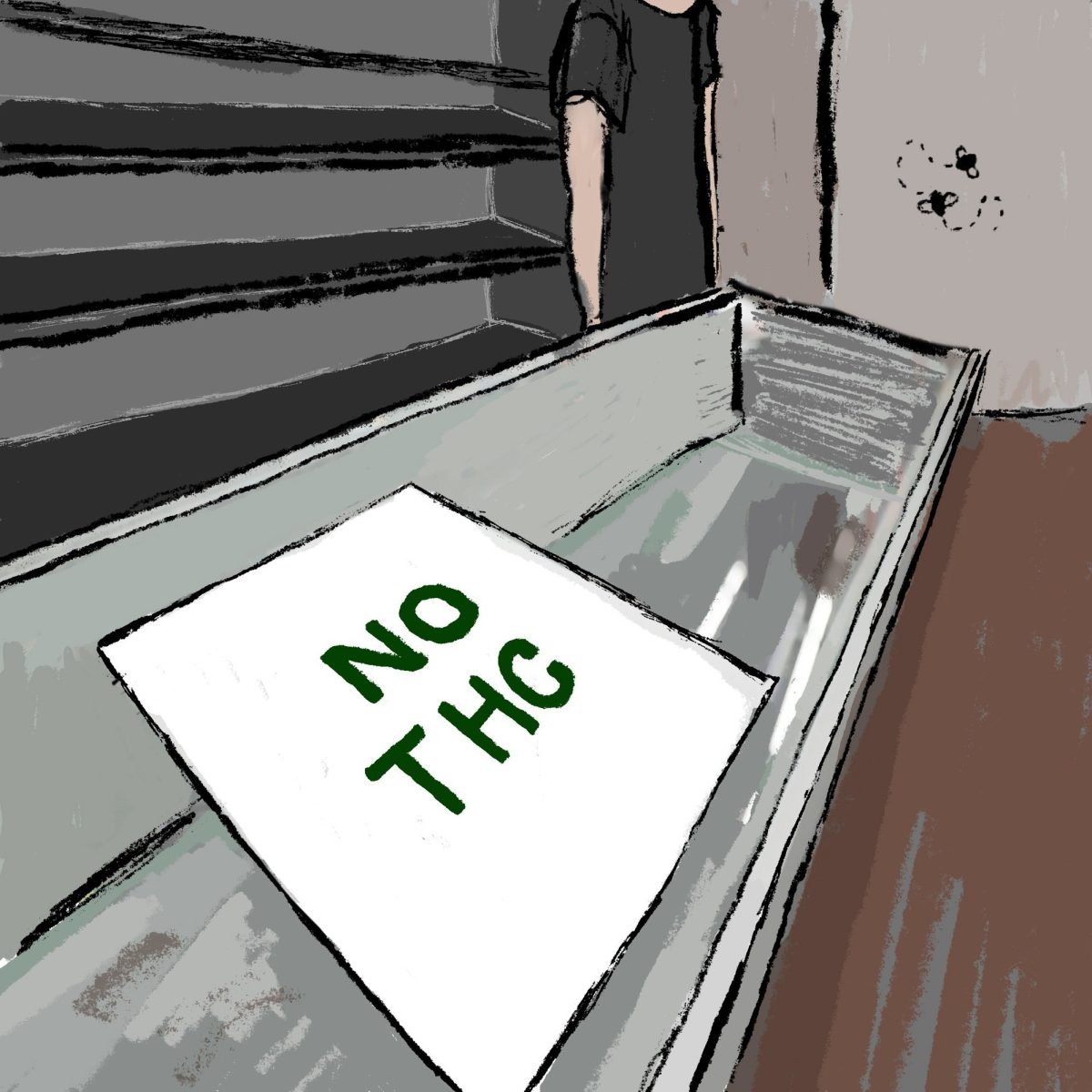On primary election day earlier this month, the average wait time for the Flawn Academic Center polling booth was 42 minutes — 14 times longer than the average for all of Travis County.
This number is based off of data taken from each of Travis County’s polling location 36 times on election day, March 6. The wait time at the FAC, which is typically the most convenient polling location for students and faculty, ranged from just a few minutes to more than two hours throughout the day.
For some students, the FAC’s wait time meant going off campus to vote in order to avoid the line.
Advertising junior Urub Khawaja and biomedical engineering senior Drew Fix both waited for more than 30 minutes at the FAC before giving up and driving to another voting center. However, Khawaja said not everyone, especially many college students, has the option of being able to drive off campus to vote.
“Often times, many people will discuss how they are frustrated with the government or things that are happening in the country, but they won’t go out and vote,” Khawaja said. “Having long lines is a problem because they won’t have a say because they’ll be discouraged from voting.”
The next closest polling location to campus is at the intersection of 29th Street and Lamar Boulevard and had an average wait time of one minute on election day. However, there is no way to measure how many students chose this location, or others, to vote.
Sherri Greenberg, public affairs professor who served as a state representative from 1991–2001, said people are easily deterred from voting — especially college students, who may need the time to study.
“Voter turnout in Texas is abysmally, horribly low (already),” Greenberg said. “Long lines can certainly be discouraging not just for students but for the general population. … One way or the other, I would like to see a shorter wait time, but I’m not sure how to best accomplish that.”
However, Greenberg said lacking proper identification, insufficient knowledge about elections and inclement weather can discourage potential voters as well.
Zach Lewis, government and urban studies sophomore, said he had planned to vote during the two weeks of early voting but never made time. When election day came around, knowing how long the lines would be, Lewis said he did not feel like he would have enough time to do research on candidates and wait in line to vote.
“(Long voting lines) are something you just kind of accept,” Lewis said. “It’s something that I kind of knew was going to be there … since it’s on campus and is naturally something that would happen.”

